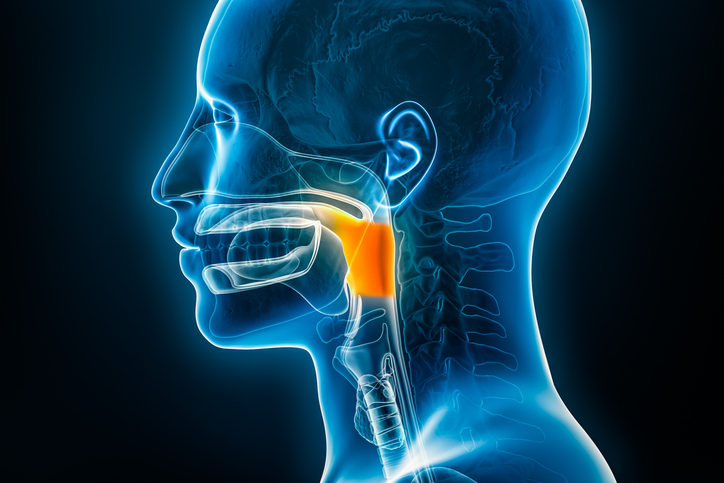
Researchers from the Washington University School of Medicine developed a prediction model that may improve timely detection of cardiac amyloidosis (CA).
CA occurs when malformed proteins are deposited in the heart and replace heart muscle. If left untreated, this disorder can progress rapidly and is associated with short survival. Timely CA diagnosis is clinically important but frequently delayed.
In this retrospective study, the research team aimed to develop a multimodality approach with the highest diagnostic accuracy in patients evaluated by cardiac biopsy, the diagnostic standard for CA. Their findings were published online in the American Heart Journal.
The study consecutively enrolled 242 patients who underwent cardiac biopsy for suspected amyloidosis within an 18-month period. The researchers examined cardiac biomarkers, as well as electrocardiogram (EKG) and echocardiography results for correlation with biopsy-confirmed disease. With these data, they derived a prediction model for cardiac amyloidosis using multivariable logistic regression.
In total, 113 patients (46%) were diagnosed with either light-chain (n=53) or transthyretin (n=60) amyloidosis via cardiac biopsy. The cohort was marked by elevated B-type natriuretic peptide (median, 727 ng/mL), increased left ventricular wall thickness (IWT; median, 1.7 cm), and reduced voltage-to-mass ratio (median, 0.06 mm/[g/m2]).
A prediction model developed by the researchers that included age, relative wall thickness, left atrial pressure by E/e’, and low limb lead voltage (<0.5 mV) achieved good discrimination for CA, with an optimism-corrected c-index of 0.87 (95% confidence interval, 0.83-0.92). The model showed 79% accuracy and 84% specificity compared with biopsy-proven results. This accuracy level surpasses traditional CA screening parameters, such as IWT in the absence of left ventricular hypertrophy on EKG (98% sensitivity, 20% specificity) and IWT with low limb lead voltage (49% sensitivity, 91% specificity).
“Among patients with an advanced infiltrative cardiomyopathy phenotype, traditional biomarker, EKG, and echocardiography-based screening tests have limited individual diagnostic utility for CA. A prediction algorithm including age, relative wall thickness, E/e’, and low limb lead voltage improves the detection of cardiac biopsy-proven disease,” the researchers concluded.







 © 2025 Mashup Media, LLC, a Formedics Property. All Rights Reserved.
© 2025 Mashup Media, LLC, a Formedics Property. All Rights Reserved.